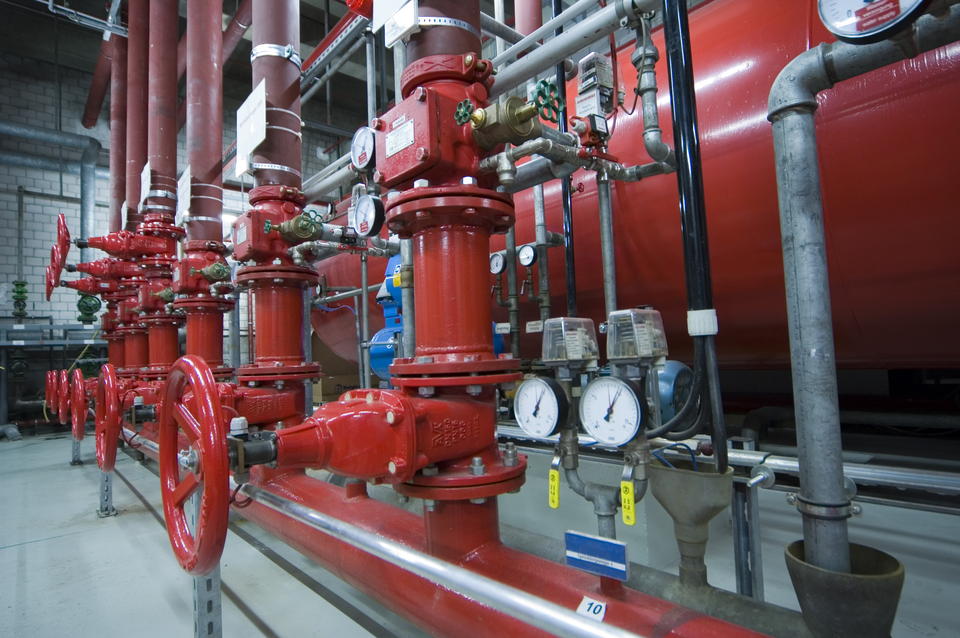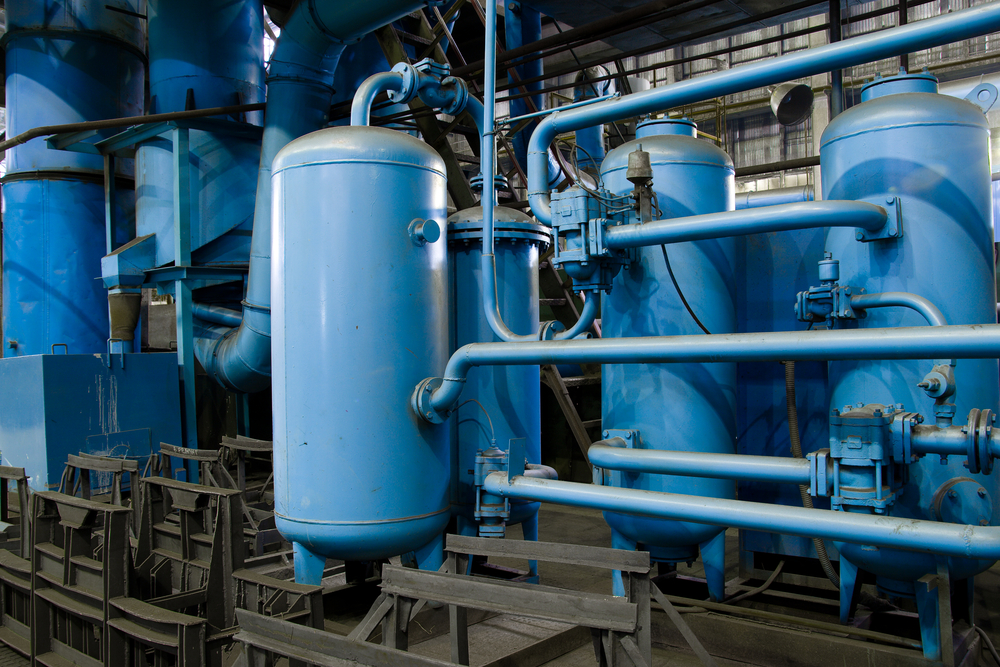Best Techniques for Addressing Low Water Pressure in Your Home
Best Techniques for Addressing Low Water Pressure in Your Home
Blog Article
Just about every person may have their own individual conception on the subject of 4 Ways to Troubleshoot Low Water Pressure.

Low water pressure in your home can be an aggravating issue, impacting whatever from showering to washing dishes. If you're experiencing weak water circulation, there are a number of possible reasons and solutions to explore. In this guide, we'll go over usual reasons for low tide stress and practical steps to resolve the problem successfully.
Introduction to Low Tide Pressure
Low tide pressure happens when the flow of water from your faucets, showers, and various other fixtures is weaker than typical. This can make everyday tasks more difficult and much less efficient. Comprehending the causes of low water pressure is critical to discovering the ideal solution.
Common Reasons For Low Water Pressure
Pipe Obstructions
Over time, pipelines can end up being obstructed with mineral deposits, debris, or particles, restricting the circulation of water. This is a common concern in older homes with galvanized steel pipelines.
Corrosion
Deterioration within pipelines can result in leakages and minimized water stress. Rust buildup can tighten water flow, specifically in maturing plumbing systems.
Faulty Pressure Regulators
Pressure regulatory authorities are accountable for keeping constant water pressure in your home. If they malfunction, it can lead to low tide stress or unequal circulation throughout your house.
Municipal Supply Of Water Issues
In some cases, the issue exists outside your home. Community water issues, such as main line leaks or maintenance job, can temporarily decrease water pressure in your area.
Just How to Identify Low Water Pressure
Checking Taps and Components
Start by evaluating the water stress at different faucets and components throughout your home. If the issue is separated to certain locations, it may show localized troubles.
Examining Pipelines
Check noticeable pipelines for indicators of leaks, deterioration, or obstructions. Focus on any kind of uncommon sounds, such as knocking or rattling pipelines, which can suggest problems within the plumbing system.
Consulting with a Plumber
If you're not able to pinpoint the cause of low water stress, take into consideration working with a specialist plumber to conduct a thorough evaluation. They can identify underlying problems and recommend ideal services.
Do It Yourself Solutions to Deal With Low Tide Stress
Cleaning Up Aerators and Showerheads
Natural resources can collect in aerators and showerheads, reducing water flow. Get rid of and clean these components on a regular basis to enhance water stress.
Flushing Hot Water Heater
Debris accumulation in the hot water heater can restrict circulation and decrease performance. Flushing the tank regularly assists eliminate sediment and preserve ideal efficiency.
Inspecting Stress Regulator
Ensure that the pressure regulatory authority is functioning properly. Adjusting or replacing the regulator can help bring back proper water pressure throughout your home.
Clearing Up Clogs in Pipeline
For small blockages, try utilizing a plumbing serpent or chemical drain cleaner to clear blockages in pipelines. Be cautious when using chemicals and adhere to security standards.
When to Call a Specialist Plumber
If DIY efforts fail to settle the issue or if you think significant plumbing issues, it's best to look for help from a licensed plumber. They have the competence and devices to attend to complicated concerns securely and effectively.
Safety Nets to Keep Water Stress
Routine Maintenance
Arrange routine upkeep for your plumbing system to stop problems such as rust, leakages, and obstructions. Addressing minor problems early can help prevent even more substantial fixings later on.
Installing a Pressure Booster
Take into consideration mounting a stress booster pump to boost water stress in locations with consistently low circulation. This can be especially helpful for multi-story homes or homes with high-demand fixtures.
Tracking Water Usage
Bear in mind water usage habits and prevent ill-using the plumbing system. Easy modifications, such as astonishing showers and washing lots, can aid preserve ample water pressure.
Conclusion
Taking care of low water stress can be discouraging, but recognizing the underlying reasons and carrying out appropriate options can restore optimum flow throughout your home. Whether it's cleaning up aerators, evaluating pipes, or seeking advice from a plumber, taking aggressive actions can guarantee a stable supply of water for your everyday requirements.
FOUR WAYS TO FIX LOW WATER PRESSURE NOW
Turning on a shower or faucet only to find the water comes out in a sad, slow drizzle is never a good feeling. How exactly are you supposed to wash a pan or take a quick shower when it takes 10 minutes just to rinse off a little soap? The good news is that when your water pressure is bad, there's always a cause: typically one that can be easily fixed. Here are some of the most common causes of low pressure and what you can do to fix the issue:
DEBRIS AND MINERAL DEPOSIT BUILDUPS
If you notice low water pressure from just one or two of the fixtures in your house, the problem likely has to do with debris buildup. Water is full of minerals and other debris, all of which can accumulate in your pipes and on your fixtures. This can cause a blockage that affects how much water flows through. To fix this, try filling a small plastic bag with white vinegar, and use a rubber band to hang it around your showerhead or faucet. Let the head of the fixture soak for a few hours, and the vinegar should loosen the deposits.
WATER LEAKS
Leaks are another common cause of low water pressure. If water is flowing out of your plumbing through a hole or crack before it can reach your fixture, the pressure coming out of the faucet or showerhead will be lower. A plumbing professional is your best bet for finding and repairing a leak in your water supply pipes.
Leaks are another common cause of low water pressure. If water is flowing out of your plumbing through a hole or crack before it can reach your fixture, the pressure coming out of the faucet or showerhead will be lower. A plumbing professional is your best bet for finding and repairing a leak in your water supply pipes.
FOUR WAYS TO FIX LOW WATER PRESSURE NOW
Turning on a shower or faucet only to find the water comes out in a sad, slow drizzle is never a good feeling. How exactly are you supposed to wash a pan or take a quick shower when it takes 10 minutes just to rinse off a little soap? The good news is that when your water pressure is bad, there's always a cause: typically one that can be easily fixed. Here are some of the most common causes of low pressure and what you can do to fix the issue:
DEBRIS AND MINERAL DEPOSIT BUILDUPS
If you notice low water pressure from just one or two of the fixtures in your house, the problem likely has to do with debris buildup. Water is full of minerals and other debris, all of which can accumulate in your pipes and on your fixtures. This can cause a blockage that affects how much water flows through. To fix this, try filling a small plastic bag with white vinegar, and use a rubber band to hang it around your showerhead or faucet. Let the head of the fixture soak for a few hours, and the vinegar should loosen the deposits.
WATER LEAKS
Leaks are another common cause of low water pressure. If water is flowing out of your plumbing through a hole or crack before it can reach your fixture, the pressure coming out of the faucet or showerhead will be lower. A plumbing professional is your best bet for finding and repairing a leak in your water supply pipes.
Leaks are another common cause of low water pressure. If water is flowing out of your plumbing through a hole or crack before it can reach your fixture, the pressure coming out of the faucet or showerhead will be lower. A plumbing professional is your best bet for finding and repairing a leak in your water supply pipes.
A VALVE ISSUE
If you have low water pressure throughout your home, check your main shut-off valve to make sure it's completely open. You may also want to see if there's a pressure-reducing valve installed. If there is, have a plumber help you adjust the settings to get the pressure you're looking for.
OTHERS USING WATER
Believe it or not, your low water pressure could be caused by your neighbors. If you notice low pressure at certain times of day, it may be because you and the people living next to you have similar schedules - when everyone is showering at the same time, the pressure will be lower in every home. Low pressure throughout the neighborhood may also be caused by an issue with your municipal water supply. If that's the case, call the supplier to see if they're working on the issue.
https://www.rotorooter.com/blog/water-leaking/low-water-pressure-fixes/

I found that blog posting on Dealing with Low Water Pressure in Your Home when surfing the search engines. Sharing is caring. Helping others is fun. I treasure reading our article about .
Detail Report this page